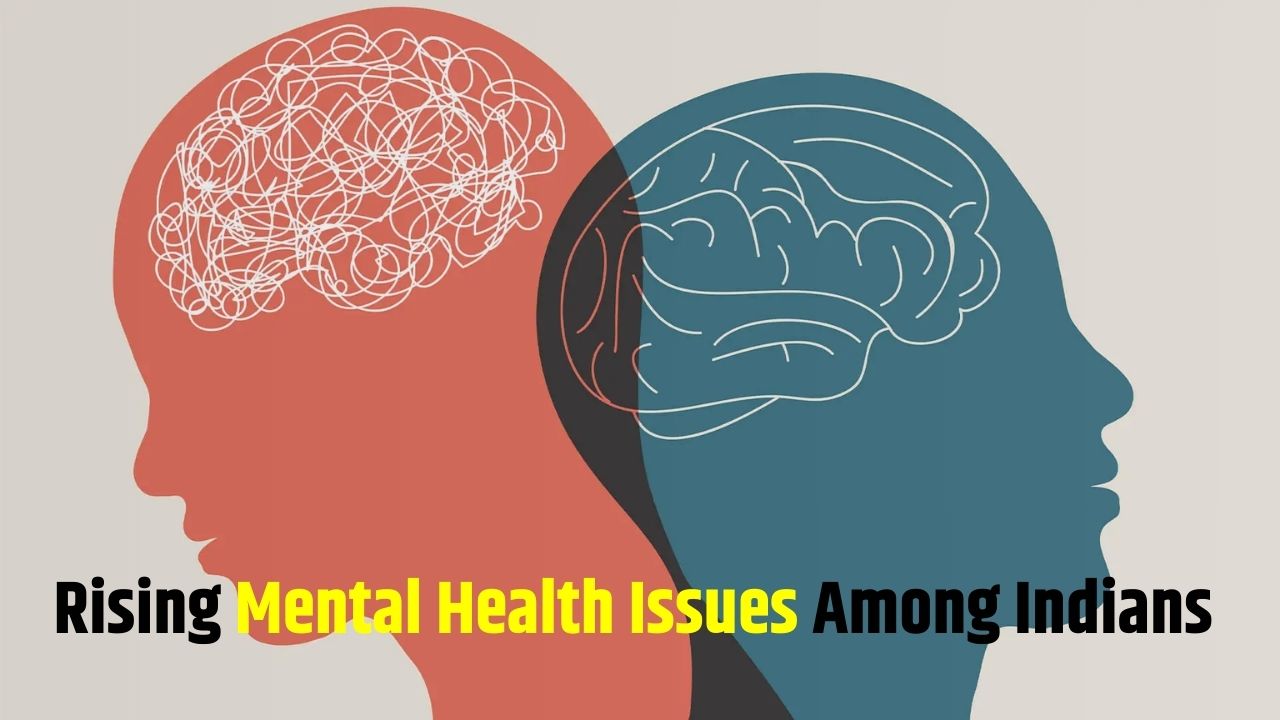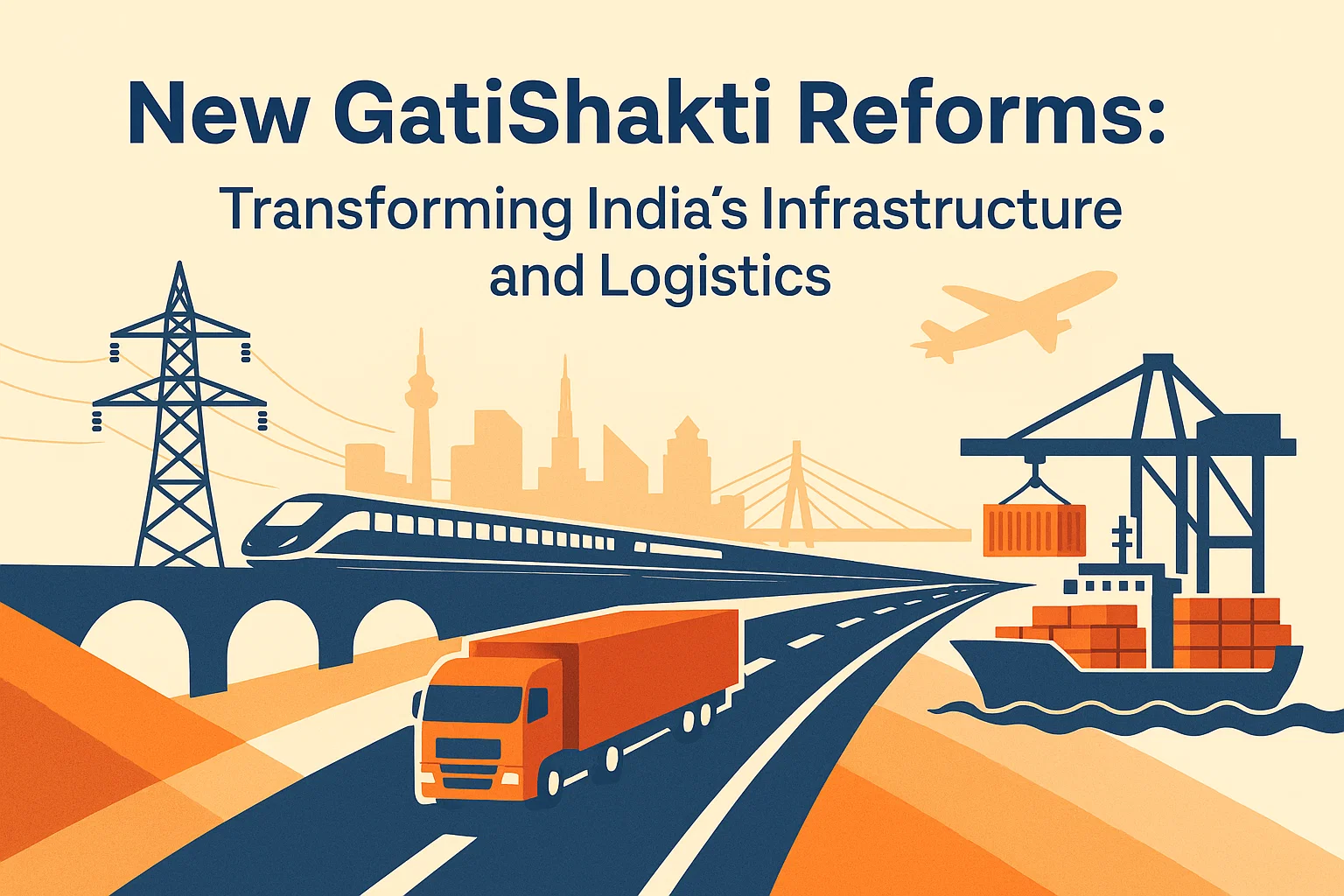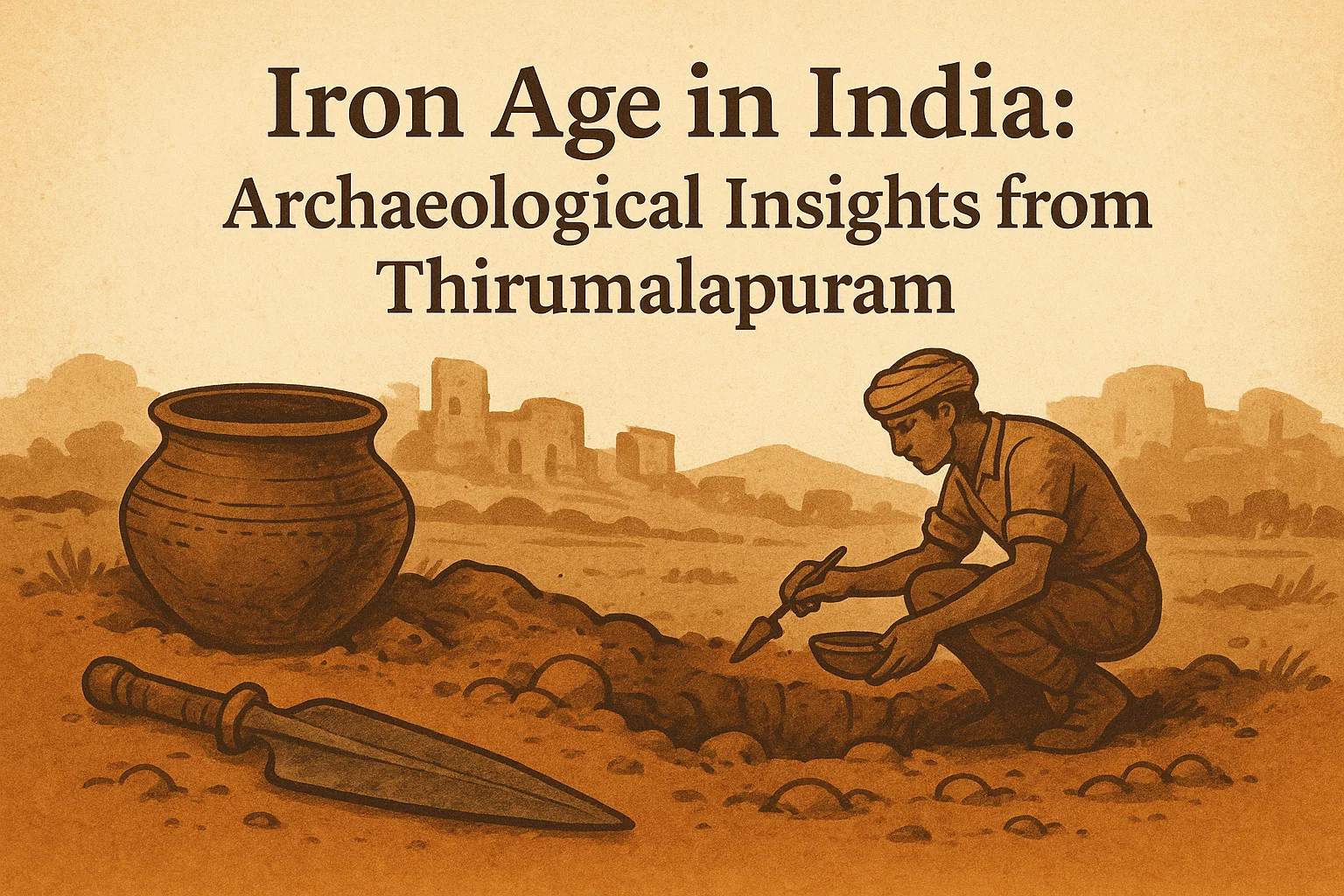Font size:
Print
Caste Census: A Powerful Step Towards Inclusive and Just Governance
Caste Census: Empowering Social Justice with Real Numbers
Context:
The Government of India’s decision to include caste enumeration in the upcoming Census marks a bold, transformative, and commendable policy shift. Caste enumeration is not identity politics, but a necessary mirror to the lived realities of millions. It is a critical step toward evidence-based policymaking, and essential for social justice, equity-driven development, and inclusive governance.
Post-Independence Paradox: Caste Blindness vs. Social Justice
- India has historically followed a dual and conflicting approach—abolishing caste hierarchies while simultaneously pursuing caste-based affirmative action.
- The refusal to count caste in the Census was aligned with a policy of caste blindness, which contradicts constitutional mandates of social justice.
- The Constitution of India supports affirmative action through reservations in education, employment, and political representation.
- While the Constitution uses the term “class”, the Supreme Court has repeatedly upheld caste as a valid proxy for identifying social and educational backwardness.
Importance of Caste Data: Constitutional, Legal and Administrative Grounds
- Since 1951, the Census has only included SCs and STs, excluding OBCs and upper castes, despite constitutional eligibility for reservations.
- The 73rd and 74th Constitutional Amendments mandate OBC reservations in Panchayati Raj institutions and urban local bodies, making OBC data collection an administrative necessity.
- The introduction of EWS reservations in 2019 for upper castes further reinforces the need for a comprehensive caste count.
- Current reservation policy operates in an evidence vacuum, leading to elite capture, inequitable benefit distribution, and policy arbitrariness.
The Urgent Need for Caste Enumeration
- Caste data is essential not only for reservation implementation, but also for:
- Equity-driven planning
- Targeted policymaking
- Monitoring social disparities over time
- The absence of disaggregated caste data has allowed dominant castes to consolidate control over wealth, opportunity, and power.
- According to data submitted to Justice G. Rohini Commission:
- 10 OBC castes cornered 25% of OBC quota benefits.
- 38% of OBC castes received only 3% of the benefits.
- 37% received no benefits at all.
- Thus, caste enumeration is essential to enable:
- Rational sub-categorisation
- Definition of the “creamy layer”
- Equitable policy design
Learning from the SECC-2011 Failure
- The Socio-Economic and Caste Census (SECC) 2011 was a major policy failure due to:
- Lack of legal authority (not under the Census Act, 1948)
- Poor institutional choice (Ministries of Rural and Urban Development led the process)
- Open-ended and ambiguous questions
- Inadequate training and classification
- Result: An unusable data set claiming the existence of 46 lakh castes, leading to policy paralysis.
Learning from Bihar’s Success: A Model for Replication
- The Bihar Caste Survey stands as an example of methodical planning and successful execution:
- Pre-validated list of 214 castes with a general “Other Castes” category.
- Accurate, state-specific enumeration through trained officials.
- Shows that a credible and feasible caste survey is entirely possible.
Blueprint for a Robust and Credible Caste Census
- Legal Backing
- Amend the Census Act, 1948 to explicitly mandate caste enumeration.
- Legally insulate the process from political interference.
- Entrusting the Right Institution: Delegate responsibility solely to the Registrar General and Census Commissioner of India, not to ministries without domain expertise.
- Standardised Questionnaire Design
- Use closed-ended questions with:
- Sub-caste
- Broader caste group
- Aliases
- Optional surname field
- Implement unique digital codes to standardise data and avoid duplication (e.g., “Iyer” and “Aiyar” as one group).
- Use closed-ended questions with:
- Preparation of State-specific Caste Lists
- Collaborate with State governments, sociologists, and community leaders.
- Invite public feedback before finalisation of caste lists.
- Enumerator Training
- Conduct region-specific training modules with:
- Mock examples
- Clear do’s and don’ts
- Local caste knowledge
- Conduct region-specific training modules with:
- Digital Tools for Accuracy
- Equip enumerators with handheld digital devices.
- Preload devices with validated caste lists.
- Restrict input to predefined categories to avoid manual errors.
Beyond the Decadal Census: Need for Continuous Caste Data Collection
- Caste data collection should not be restricted to the Census alone.
- Periodic surveys by NSSO, NFHS, and other agencies must also include SCs, STs, OBCs, and upper castes.
- The era of partial counting and statistical invisibility must come to an end.
- Representative and Neutral Staffing
- Ensure diverse community representation among enumerators.
- Avoid conflict of interest by deploying them outside their native areas.
- Independent Oversight Mechanisms
- Form district-level audit committees to:
- Monitor data collection
- Conduct random sample checks for integrity
- Form district-level audit committees to:
- Pilot Testing Across States: Conduct pilot studies in socially and regionally diverse States such as: Tamil Nadu, Gujarat, Uttar Pradesh & Assam.





